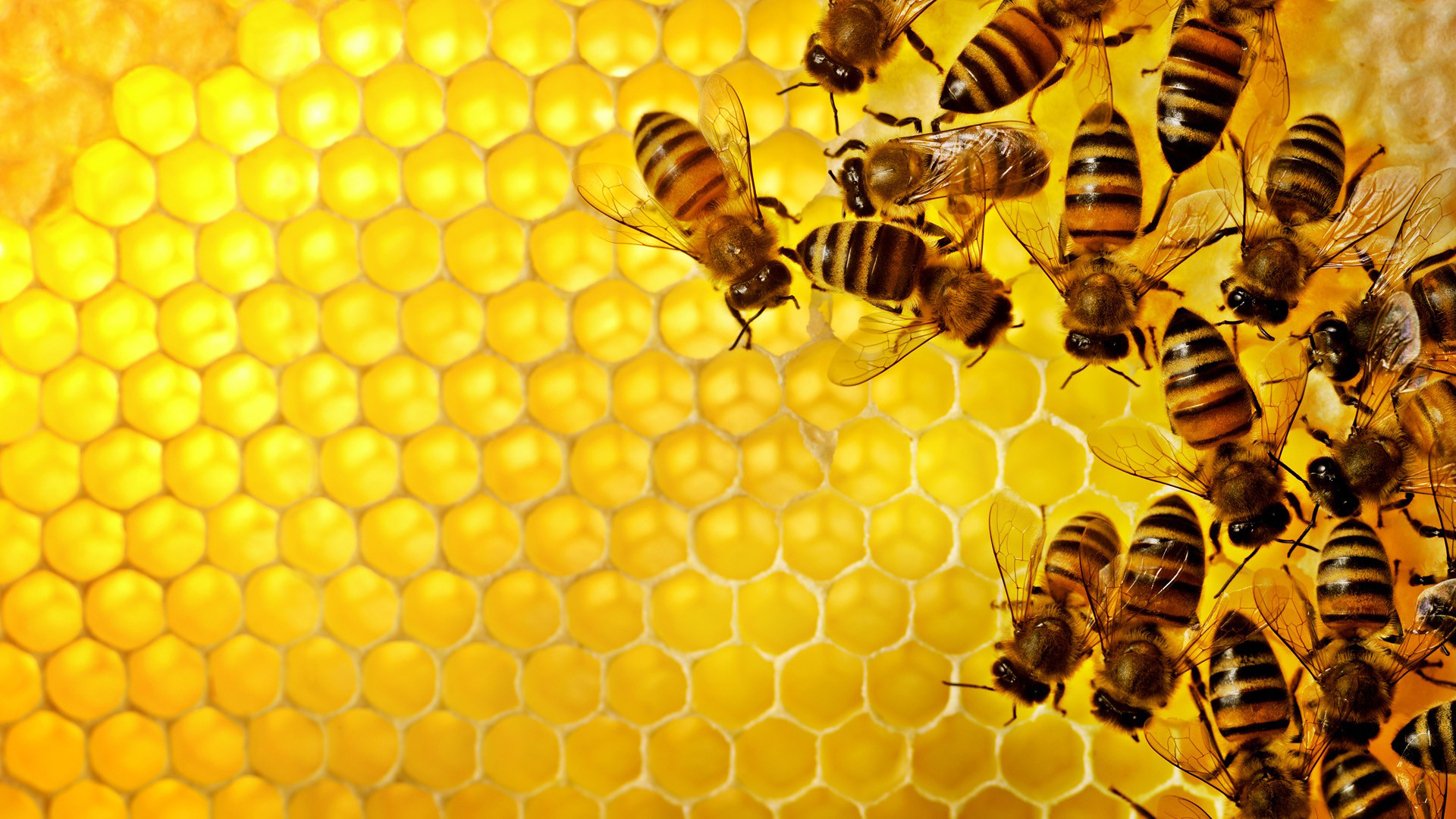HUMIC ACID FOUND IN SOIL REDUCES ANIMAL DEATHS
An acid found rich in hummus soil breaks down the misfolded proteins called prions that cause chronic wasting diseases.
An acid found rich in hummus soil breaks down the misfolded proteins called prions that cause chronic wasting diseases.
Prions are misfolded proteins which characterize several fatal neurodegenerative diseases in animals and humans. These malformed versions of proteins affect the nearby normal proteins to take on its complex shape and is harmful to the nerve cells. Infected animals become disoriented, and are unable to chew food or drink water months before death.
Chronic wasting disease is an incurable neurodegenerative disease. It has killed large populations of deer, elk and moose. This has been spread across several countries such as South Korea, Sweden and Norway.
Deers are prone to be infected when they graze in prion contaminated areas.
The discovery of how humic acid affects prions makes it easier to curb this disease.
Humic acid is a substance that is found naturally in soil. It binds to a plant's roots and aids the plant by receiving water and nutrients. High levels of humic acid may dramatically increase crop production.
The most prominent benefit of humic acid in soil is its tendency to increase a plant's nutrient uptake. Furthermore, humic acid plays an important role in preventing harmful toxins from entering a plant.
This forms a cycle, whereby when the soil is reduced of prions or removing prions permanently, deaths of farmland animals such as deers, elk and moose can be greatly reduced allowing the habitat to nourish itself.
The most prominent benefit of humic acid in soil is its tendency to increase a plant's nutrient uptake. Furthermore, humic acid plays an important role in preventing harmful toxins from entering a plant.
This forms a cycle, whereby when the soil is reduced of prions or removing prions permanently, deaths of farmland animals such as deers, elk and moose can be greatly reduced allowing the habitat to nourish itself.
Recent research may suggest humic acid as a soil decontaminant to disinfect farmland. The next step in the research suggests that the study on effects of humic acid on prion-contaminated soil may lead to the extermination of prions in soil.
BEES DEFEND AGAINST INSECTICIDES
Honeybees and bumblebees are well known to resist toxic compounds in known insecticides. The bees equip themselves with enzymes that help them break down a type of neonicotinoid. Neonicotinoids pose a negative effect on bees health. A well known effect is the difficulty in reproducing in honeybees.

Bees respond differently when it comes to the substances present in an insecticide. Thanks to new findings, scientists can help design various versions of neonicotinoids that would be less harmful to the bees.
Neonicotinoids are coated on seeds and sprayed on vegetation to protect the plants from insect pests. The chemicals prove to be highly effective but at the same time it has been involved a major decline of wild pollinators.
An enzyme known as P450 is present in bees which can metabolize toxic chemicals, breaking it down before they can pose a risk to the bee's nervous system. Discovering more of the enzymes' protective power could be the doorway to many more effective ways to simultaneously avoid harming bees and protecting crops.
In this modern era, insecticides and pesticides are widely used and in large amounts. Researches are conducted everyday to ensure chemicals present pose little threat to not only the ecosystem but human health as well.
Sources:
https://www.sciencenews.org/article/acid-found-soil-may-make-disease-killing-deer-less-infectious
http://www.ecofarmingdaily.com/humic-acid/
https://sites.duke.edu/superbugs/files/2017/01/brain.png
https://www.eatrightct.org/events/www-freepix4all-com/
http://www.earthgreen.com/benefitsofhumicacid

Hi can I share this post?
ReplyDeleteSure!
Delete